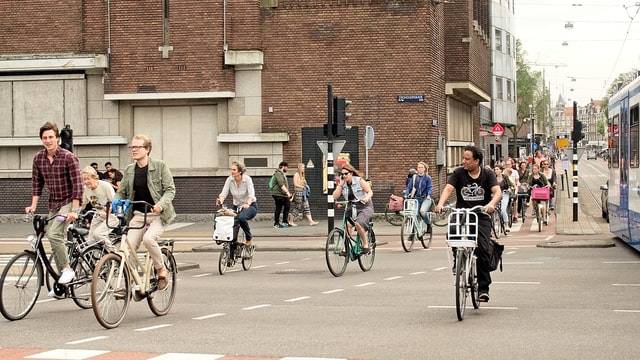It is indisputable! the bike is clean and green mobility. It does not pollute the environment. It reduces slowdowns due to traffic jams and declutters public spaces. In fact, the bicycle is at the heart of the “walk-bike-transport” mobility triptych to decarbonize mobility.
Advantages of cycling over walking
Table of contents
ToggleUnlike walking, cycling allows you to cover several kilometers and save time. It is indeed possible to pedal on a fairly long journey, or even to travel by bicycle.
This is why many individuals use cycle paths and/or greenways every day to go to work, to go to school, to do the shopping and/or to go for a walk. It is also for this reason that couriers and delivery people accomplish their mission by bicycle. It is a means of transport and not a simple movement like walking.
In addition, the bicycle also allows you to move quickly. It allows you to cover a distance of 10 km in just 35 minutes, compared to about 2 hours for walking. In addition, it is true that these two types of mobility help preserve the planet, but cycling turns out to be more practical than walking.
Advantages of the bicycle compared to other means of transport
As for other means of transport, there is nothing more interesting than the bicycle. The car, for example, is a polluting vehicle that runs on fuel and generates a lot of greenhouse gases. It does not allow you to travel without money and it is strongly subject to traffic jams. Thus, it therefore takes much longer to cover a trip in town and it clogs the roads.
Certainly, there are electric cars these days that are considered cleaner. But we must not forget that these vehicles work with energy, in particular with electricity. And as long as it is not about renewable energies, these vehicles remain polluting and wasting.
The difference with electrically assisted bicycles is the fact that they are a hybrid vehicle. This category of bike combines the energy of cyclist to that of an electric motor. Above 6 km/h, it must be activated by the user. Then, it cuts off automatically as soon as it reaches a speed of 25 km/h. Of course, the VAE can drive even faster, but its engine is no longer allowed to run. This limits its energy consumption.

